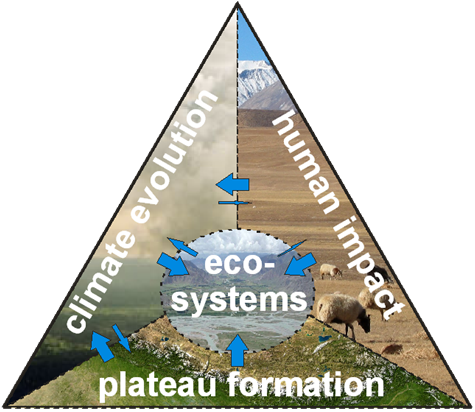Talk, 2nd CAS-CEOP Workshop, Lhasa: 2010-07-19 - 2010-07-21
Abstract:
The Tibetan Plateau, located north of the Himalayas is the largest highland of the world. It comprised the geographic regions of the Tibet Autonomous Region, Qinghai Province, parts of Sichuan and Gansu located above 3000m altitude. Due to its elevation and its extension (~ 1x106 km2) it is of large importance for the Asian monsoon and the regional climate. Moreover, together with the Himalayan Mountains it has the largest glaciated area outside the polar regions and is the source of major Asian rivers, highlighting tits importance as a water resource for the cities on the Chinese East Coast. The German Research Foundation (DFG) has initialized an extensive research program in cooperation with the Institute of Tibetan Plateau Research (ITP) that studies ecosystems and climate development of the TP on various time-scales. As part of the “Mesoscale Circulations and Energy and Gas Exchange Over the Tibetan Plateau” sub-project turbulent surface energy fluxes over water and land have been measured by eddy covariance technique. We use the cloud-resolving Active Tracer High-resolution Atmospheric Model (ATHAM) which is developed and used for mescoscale applications at the University of Cambridge, in order to investigate the the interactions between the surface and the atmosphere above NamCo lake and its surroundings on the Tibetan Plateau. Key factors for the generation of small scale atmospheric features are the turbulent surface fluxes, atmospheric profiles of moisture and temperature. Data from a 2009 field campaign is used in order to model the development of turbulence, convective features and the resulting small scale clouds that can be observed in the field. As atmospheric temperature and moisture profiles are not available for the research sight the sensitivity of the modeled structures to varying profile information is explored.

